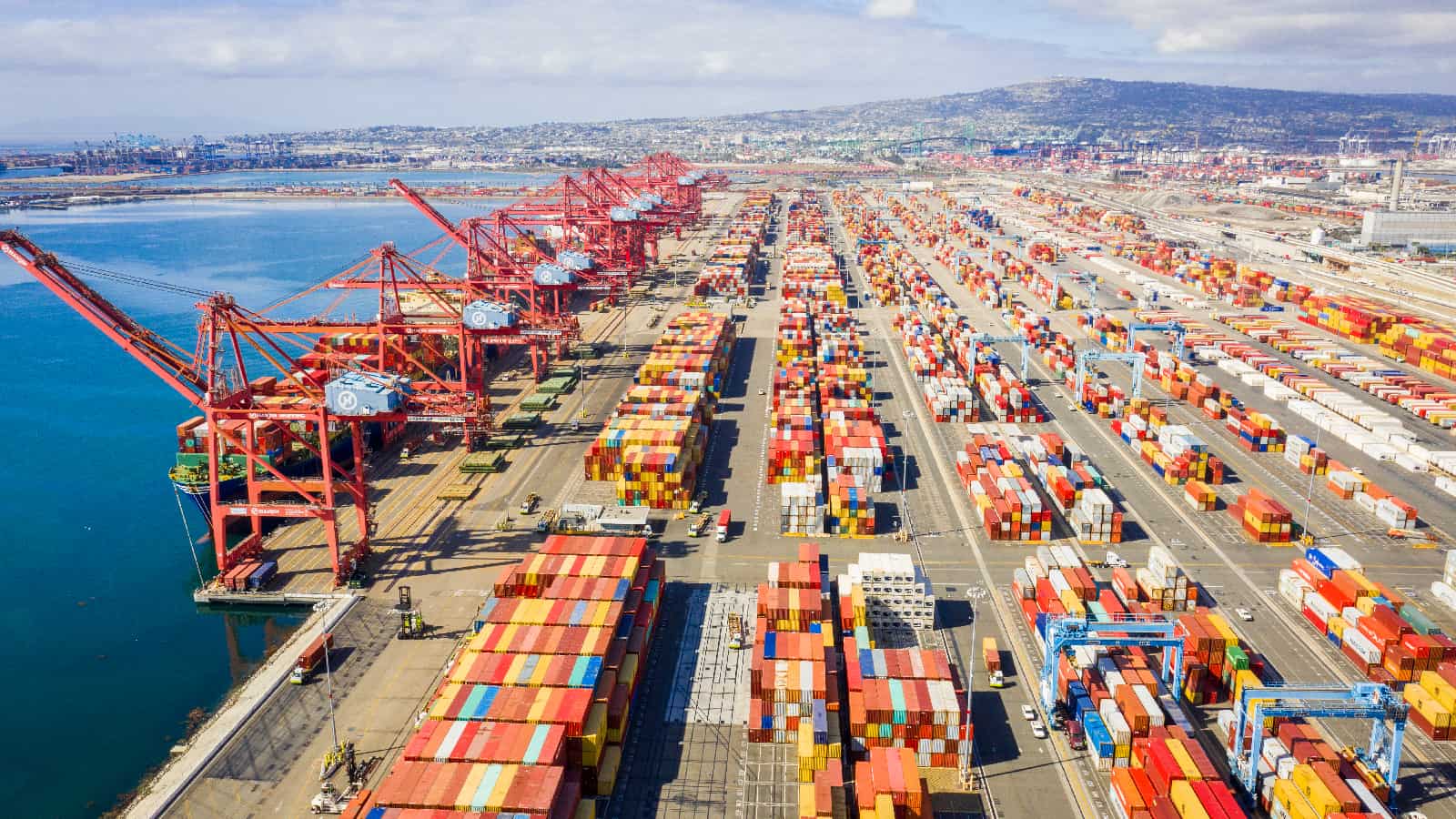How Trade Route Shifts Are Affecting Ports

West Coast ports are being impacted by changing trade patterns, losing imports to the East Coast and Canada, among other competitors, according to The Wall Street Journal (subscription). Some of that shift began in 2017, after infrastructure work made it possible for larger vessels to use the Port of New York and New Jersey. Meanwhile, West Coast ports aiming to move goods east must use networks of trains and trucks that run on crumbling U.S. infrastructure.
The breakdown: Ports on the West Coast took in less than 40% of seaborne imports during the first seven months of the year, with ports on the East Coast racking up a little bit more than half.
- Asian imports are still leaning to the West Coast, but the makeup is beginning to change. Last year, Los Angeles moved 9.4 million containers compared to 7.5 million containers for New York and New Jersey. Still, the New York/New Jersey East Coast port did become the second-busiest port in the country, bumping Long Beach, California, out of the runner-up spot.
- Canadian ports are also getting into the game, offering cheaper transportation services that undercut U.S. costs.
Related: West Coast freight networks—including railroads and trucks—are struggling to handle demand after limiting personnel and operations in the face of COVID-19, according to The Wall Street Journal (subscription).
The NAM’s angle: The NAM has urged Congress for years to enact infrastructure reform, laying out its priorities in its “Building to Win” blueprint.
Most recently, during United for Infrastructure (formerly Infrastructure Week), Sen. Rob Portman (R-OH) spoke to NAM members at an event co-hosted by Nucor Steel about Congress’s response to the COVID-19 pandemic and the importance of infrastructure investment. During the event the senator noted, “The most sustainable path forward on surface transportation authorization is a one-year extension of the Fixing America’s Surface Transportation (FAST) Act.”
